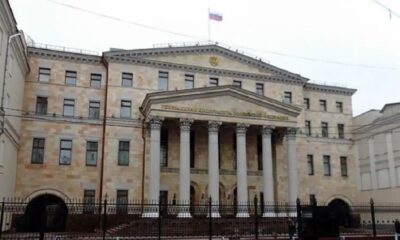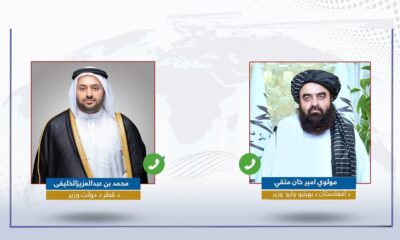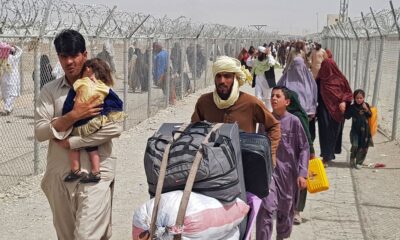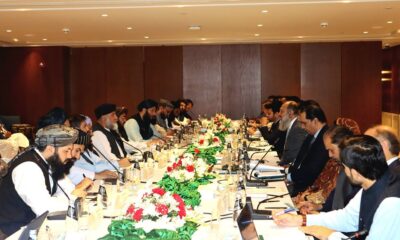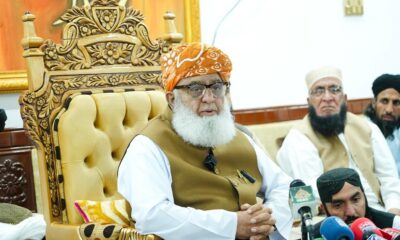Latest News
Iran to speed up underground uranium enrichment plant

Iran plans to install hundreds more advanced uranium-enriching centrifuges at an underground plant in breach of its deal with major powers, a UN nuclear watchdog report showed on Friday, a move that will raise pressure on US President-elect Joe Biden, Reuters reported.
The confidential International Atomic Energy Agency report obtained by Reuters said Iran plans to install three more cascades, or clusters, of advanced IR-2m centrifuges in the underground plant at Natanz, which was apparently built to withstand aerial bombardment.
Iran’s nuclear deal with major powers says Tehran can only use first-generation IR-1 centrifuges, which are less efficient, at the underground plant and that those are the only machines with which Iran may accumulate enriched uranium, Reuters reported.
Iran recently moved one cascade of 174 IR-2m machines underground at Natanz and is enriching with it. It already planned to install two more cascades of other advanced models there, in addition to the 5,060 IR-1 machines that have been enriching for years in the plant built for more than 50,000.
“In a letter dated 2 December 2020, Iran informed the Agency that the operator of the Fuel Enrichment Plant (FEP) at Natanz ‘intends to start installation of three cascades of IR-2m centrifuge machines’ at FEP,” the IAEA’s report to its member states said.
Iran has breached many of the deal’s core restrictions on its nuclear activities in response to US President Donald Trump’s withdrawal from the agreement and his reimposition of crippling economic sanctions. Tehran says its breaches can quickly be reversed if Washington’s moves are undone, Reuters reported.
Biden, who takes office on January 20, has said he will bring the United States back into the deal if Iran resumes full compliance with its nuclear restrictions. That raises the prospect of a standoff over who should move first.
The IAEA’s last quarterly report on Iran last month showed Tehran had stockpiled 12 times the 202.8 kg of enriched uranium it is allowed to have under the deal, more than 2.4 tonnes.
Reuters reported that US intelligence agencies and the IAEA believe Iran had a coordinated, clandestine nuclear weapons programme that it halted in 2003, the year its secret construction of Natanz was revealed by an opposition group in exile.
The deal is aimed at keeping Iran at arm’s length from being able to produce a nuclear bomb but Iran says it has never tried to.
Latest News
Russia’s Supreme Court suspends ban on Islamic Emirate
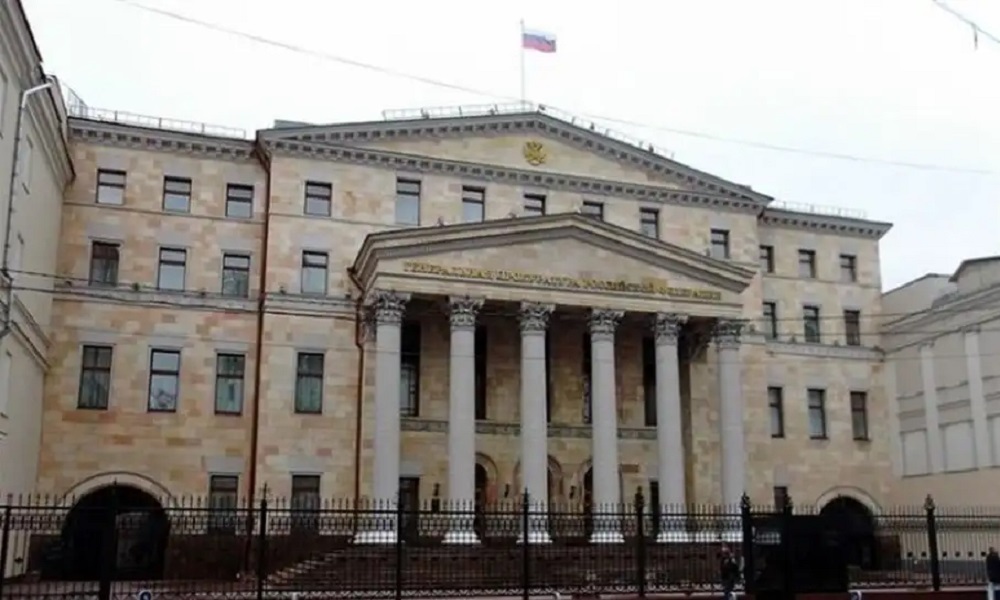
Russia’s Supreme Court on Thursday agreed to suspend the Islamic Emirate’s designation as a banned organization in Russia, following a formal request from the Prosecutor General’s Office.
Although the IEA remains officially designated as a terrorist organization in Russia, the court’s ruling effectively freezes that classification, opening the door to broader political engagement.
The IEA, however, continues to be subject to United Nations sanctions.
According to Russian media reports, a representative of the IEA attended the closed-door court session, during which the court reviewed the prosecutor’s petition seeking to suspend the ban.
“The suspension follows an administrative lawsuit filed by the Prosecutor General’s Office of the Russian Federation,” Supreme Court Judge Oleg Nefyodov said while reading the ruling, according to local media.
The session was held behind closed doors, and Russian authorities have not yet publicly commented on the potential political implications of the move.
Latest News
Qatar’s minister of state holds phone call with acting FM Muttaqi

Mohammed bin Abdulaziz Al-Khulaifi, Qatar’s Minister of State for Foreign Affairs, held a telephone conversation with Amir Khan Muttaqi, acting foreign minister of Afghanistan on Thursday where they discussed bilateral issues.
Zia Ahmad Takal, head of public relations at the Ministry of Foreign Affairs, said in a statement on Thursday that the two sides discussed enhancing diplomatic relations, expanding cooperation between the two countries, and Muttaqi’s upcoming visit to Doha.
Latest News
WATCH: Authorities scramble to accommodate refugee influx at Afghanistan border
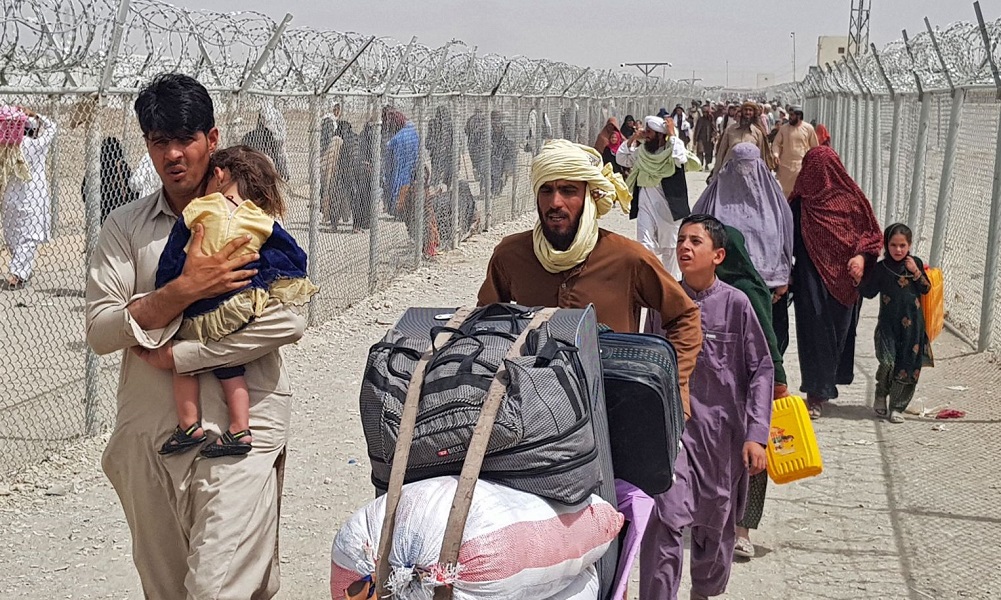
As thousands of refugees cross back into Afghanistan amid Pakistan’s campaign to forcibly expel over 1 million Afghans, local officials scramble to accommodate the influx which also means areas of landmines need to be cleared around the Torkham border area in order to establish more tented camps.
The mines and other unexploded ordnance are remnants of Afghanistan’s 20 year war that ended with the collapse of the former US-backed government in August 2021.
Government officials who visited Torkham this week say they are ready to cooperate with returning refugees.
Nooruddin Torabi, the head of the National Disaster Preparedness Agency, visited Torkham on Tuesday. He stressed the need to clear the area of mines and unexploded ordnance.
Torabi also said that another transit camp would be established to temporarily accommodate the returnees.
Refugees however have slammed the Pakistan government for the way they have handled this. Many say they are now homeless after having left everything behind, including houses, businesses and possessions. In addition to this, a large percentage of them have nowhere to go after having lived in Pakistan for decades.
Afghans have been fleeing to Pakistan for over 40 years – since the invasion of the old Soviet Union in December 1978.
Islamic Relief reported this week that tens of thousands of Afghans are facing dire conditions in makeshift camps after crossing the border from Pakistan.
According to the organization, an assessment team that visited Torkham found that many refugees are arriving in Afghanistan without any shelter, food, cash or water. These families were forced to leave possessions – including animals and household items.
People arrive in droves, covered in dust, crammed onto trucks, and face a barren border with no basic services in sight. The first thing that greets them is a harsh, wind storm swirling with dust.
This influx comes amid an economic crisis in the country and as global cuts to humanitarian funding have forced many essential services in Afghanistan to close, including health facilities and food distributions.
Many of the new arrivals have lived in Pakistan for decades after seeking refuge there, fleeing conflicts and instability in their homeland. They include children who were born in Pakistan and have never been to Afghanistan. Many others no longer have close family members in
Afghanistan or have not visited for many years. They are not truly ‘returning home’ as they hardly know Afghanistan and have no homes or livelihoods to kickstart their lives here.
Some of the arrivals do not even speak an Afghan language and many returnees lack proper identification documents.
The interim Afghan government has pledged to take care of refugees returning to Afghanistan and humanitarian organizations are ramping up efforts to help these refugees.
Pakistan last month set an early April deadline for some 800,000 Afghans carrying Afghan Citizen Cards (ACC) issued by the Pakistani authorities to leave the country, in the second phase of efforts to remove Afghans. More than 1.3 million Afghans who hold Proof of Registration cards from the UN refugee agency, UNHCR, have also been told to move outside the capital Islamabad and the neighbouring city of Rawalpindi
-
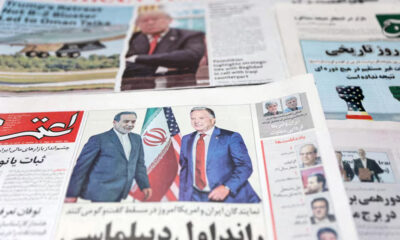
 Regional5 days ago
Regional5 days agoIran, US hold ‘positive’ talks in Oman, agree to resume next week
-
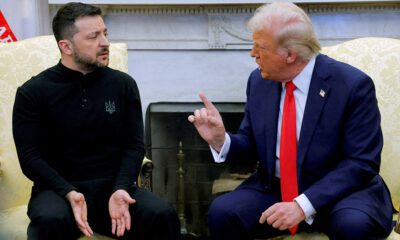
 World4 days ago
World4 days agoTrump says Ukraine talks may be going OK, but there is a time ‘to put up or shut up’
-

 Latest News4 days ago
Latest News4 days agoPakistan’s Punjab CM calls for ‘human response’ to Afghan girls’ education ban
-

 Regional3 days ago
Regional3 days agoSaudi Arabia plans to pay off Syria’s World Bank debts – Reuters
-

 Latest News4 days ago
Latest News4 days ago6.1-magnitude earthquake shakes northern Afghanistan
-
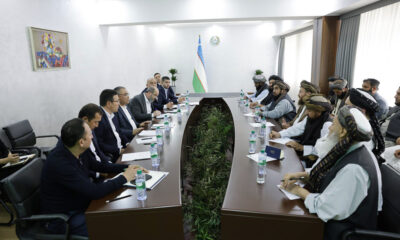
 Latest News3 days ago
Latest News3 days agoAfghanistan and Uzbekistan to expand cooperation in agriculture sector
-
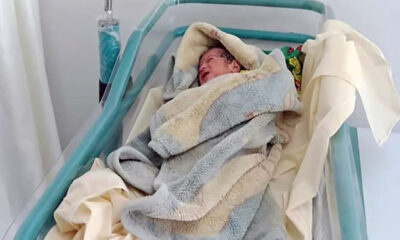
 Latest News2 days ago
Latest News2 days ago17 babies born at Torkham refugee centers in past two weeks
-

 World3 days ago
World3 days agoTrump says Iran must give up dream of nuclear weapon or face harsh response


